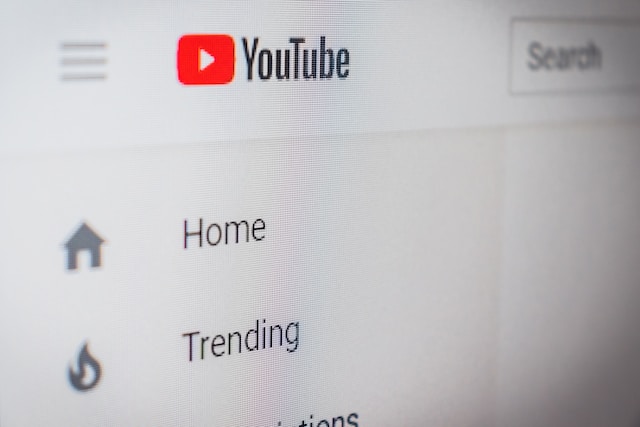 Home >
Home > 
YouTube’s New Ad Blocker Crackdown. How can you bypass this restriction now?
YouTube is intensifying its measures against ad-blocking software on its platform, as the video streaming giant owned by Google is cautioning users to turn off such tools that protect their privacy.
There's a growing number of YouTube patrons voicing their dissatisfaction on Reddit, as the platform starts preventing access to videos for those who choose not to view advertisements.
Google proposes an alternative for those reluctant to deactivate their ad blockers: subscribing to YouTube Premium for a monthly fee of $13.99.
The question remains—what exactly is happening with YouTube, and what are your options for watching videos on the site? Here's the essential information you need.
Why is YouTube Suddenly Cracking Down On Ad Blockers?
The recent enforcement by YouTube against ad blockers may appear abrupt, but it's actually a development that's been underway for a while. YouTube began experimenting with this approach as early as June, as reported by the technology news website The Verge.
Currently, YouTube is escalating its trials. When the site identifies that a user is employing an ad blocker, a notification pops up stating: "Ad blockers are not permitted on YouTube."
This message also explains that advertisements help to keep YouTube free of charge and offers users the option to subscribe to YouTube Premium should they prefer an ad-free experience.
How Can I Watch YouTube Videos Without Ads?
If you see YouTube’s anti-ad block wall, we recommend:
1. Activating your browser's incognito mode could influence the display of the ad-blocking notification on YouTube.
2. To ensure uninterrupted access to your desired content, you might consider adding YouTube to your ad blocker's whitelist. By doing so, you'll permit ads on YouTube, but a tool like Stands AdBlocker can still keep those bothersome pop-ups and other intrusive ads at bay on all other sites.
3. Use non-Chromium-based browsers, such as Firefox with Stands AdBlocker extension. Sometimes this may be helpful, but it's not guaranteed to work every time.
The essential point is our recognition of the user's need for an ad-free YouTube experience at no cost. We are actively exploring multiple avenues to discover the most effective resolution.